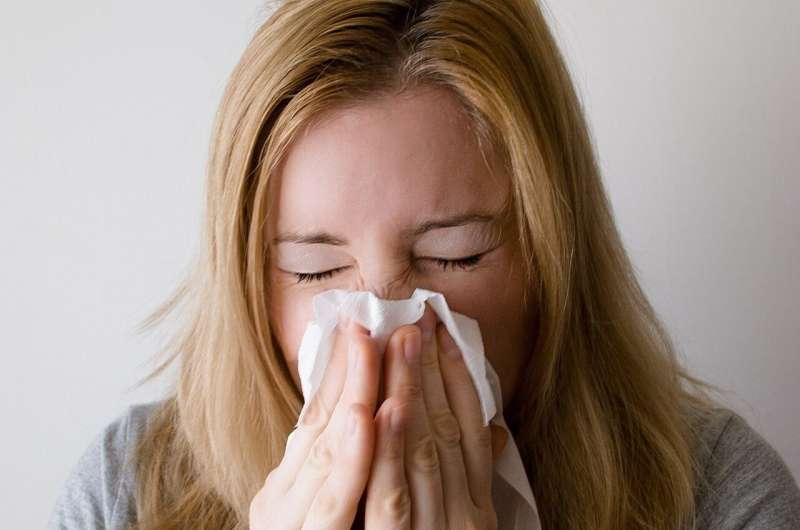Navigating the complex world of respiratory symptoms can be tricky, especially with the ongoing presence of COVID-19. This blog post explores the differences between hay fever, COVID-19, and other common illnesses, providing you with the knowledge to identify and manage your symptoms effectively. Learn how to distinguish between the triggers, symptoms, and treatments for these conditions, empowering you to take control of your health. Hay fever, COVID-19, and other viral illnesses can share similar characteristics, but understanding the nuances can make all the difference in your recovery.

Navigating the Allergy Battlefield: Hay Fever Unmasked
Hay fever, also known as allergic rhinitis, is a common condition that affects millions of Australians. It occurs when the body’s immune system overreacts to harmless environmental triggers, such as pollen, mold, or dust mites. The symptoms can be a nuisance, with sneezing, a runny or stuffy nose, and itchy eyes, nose, throat, or ears. Understanding the causes and triggers of hay fever is the first step in managing it effectively.
During the spring and summer months, trees, grasses, and flowers release pollen into the air, which can set off a cascade of hay fever symptoms. For those with asthma, the exposure to these airborne allergens can also worsen their respiratory conditions, leading to coughing, wheezing, or difficulty breathing. Year-round, animal dander and house dust mites can also trigger hay fever symptoms, causing discomfort for individuals sensitive to these triggers.
Separating Fact from Fiction: Distinguishing Hay Fever from COVID-19
With the ongoing presence of COVID-19, it can be challenging to differentiate between the symptoms of hay fever and those of the novel coronavirus. While both conditions can cause respiratory distress, there are key differences to look out for.
Unlike hay fever, COVID-19 is often accompanied by a fever, sore throat, muscle aches, weakness, and a loss of taste or smell. Additionally, COVID-19 may result in the production of mucus, which is not a common symptom of hay fever. If you are experiencing these more severe symptoms, it is crucial to stay home, avoid mixing with others, and take a rapid antigen test (RAT) to determine if you have COVID-19. Remember, a negative RAT does not automatically rule out the virus, so it is essential to test again 24-48 hours later if your symptoms persist.
While hay fever may cause discomfort, it does not typically lead to the debilitating effects of COVID-19. By understanding the distinction between these conditions, you can take the appropriate steps to manage your symptoms and protect yourself and those around you.
Uncovering the Causes: Exploring the Triggers of Respiratory Woes
Aside from hay fever and COVID-19, there are other common respiratory illnesses that can cause similar symptoms, such as influenza, respiratory syncytial virus (RSV), and the common cold. These conditions can occur throughout the year, and it’s important to be aware of the differences in order to seek the appropriate treatment.
In the case of influenza and RSV, certain groups are at a higher risk of developing severe illness, including premature infants, young children, older adults, and individuals with underlying health conditions. If you are concerned about the severity of your symptoms or belong to a high-risk group, it is crucial to consult your healthcare provider or seek medical attention immediately.
Regardless of the cause, it is essential to prioritize your health and take the necessary steps to manage your symptoms and prevent the spread of illness to others. This may involve taking over-the-counter medications, using nasal sprays, or adjusting your asthma treatment plan. By understanding the various respiratory conditions and their unique characteristics, you can take proactive measures to safeguard your well-being and that of your loved ones.
